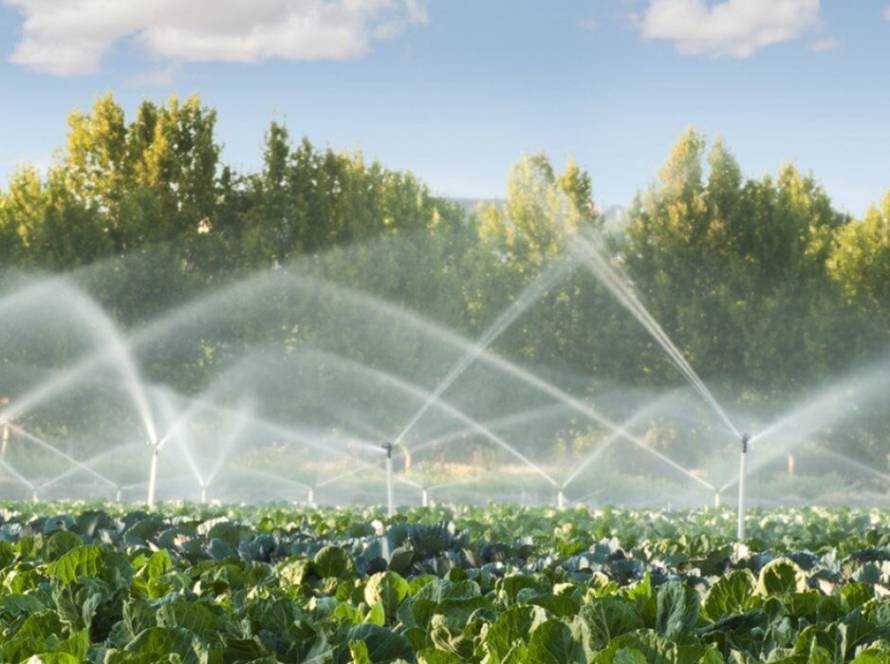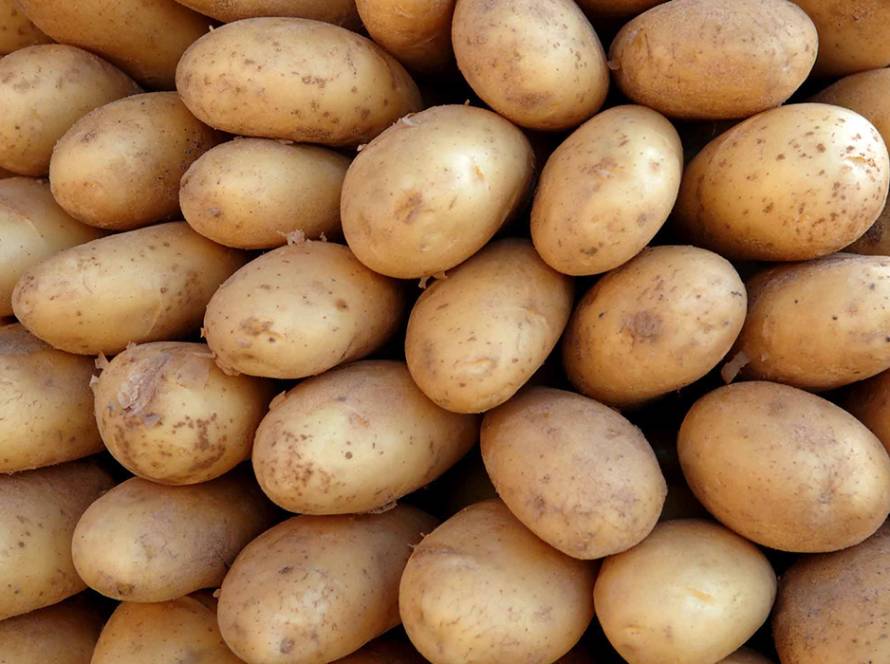Carrot Cultivation and Production: From Roots to Benefits
Carrots are one of the essential root crops grown globally due to their high nutritional value and ease of cultivation. Carrots are plants whose roots, found under the soil surface, are the edible part. They are known for their variety of species and colors, making them one of the most popular vegetables.
Varieties and Colors of Carrots
Carrots vary in color depending on the type and the climate in which they are grown. Some of the most common colors are:
- Orange: The most common color in markets, it is rich in beta-carotene, which the body converts into vitamin A.
- Purple: Known for its high antioxidant content, it is believed to be the original color of carrots before they evolved into the orange variety.
- White or Off-White: Less common in markets but still provides important minerals and health benefits.
- Red-Purple: A mix between purple and orange, with a unique, delicious flavor.
Cultivation Process
Carrot cultivation is relatively easy if the right climatic conditions are met. Carrots thrive in moderate temperatures, with ideal growth conditions between 15 to 20°C. Here are the basic steps for planting carrots:
- Soil Preparation: The soil should be well-prepared, free from rocks or debris that could hinder the root’s growth.
- Planting: Carrot seeds are sown in rows, with enough spacing between them to allow proper root development.
- Watering: Carrots require moderate watering. Over-watering should be avoided as it can cause root rot.
- Fertilization: Organic or chemical fertilizers can be used depending on the soil’s needs to ensure a good yield.
Benefits of Carrots
Carrots offer numerous health benefits, such as:
- Rich in Vitamins: Carrots are packed with vitamins and minerals, particularly vitamin A, which supports eye health and boosts the immune system.
- Antioxidant Properties: Carrots contain powerful antioxidants that help combat free radicals, which can cause various diseases.
- Skin Health: Regular consumption of carrots can improve skin health due to their beta-carotene content.
Challenges in Carrot Cultivation
Although carrots are relatively easy to grow, there are a few challenges that farmers may face:
- Pests and Diseases: Carrots are susceptible to pests like worms and fungal diseases that may affect the crop.
- Climatic Conditions: Extreme temperatures, either too high or too low, can negatively impact the quality of the carrots.
In conclusion, carrots are one of the essential crops contributing to food security. Their variety of colors and types provide diverse options for consumers. With proper care and optimal growing conditions, carrots will continue to be an important vegetable on our tables.
Source: Hasad Magazine
Author: Dr. Iman Basyouny El-Romeily
*Researcher at the Horticultural Research Institute



